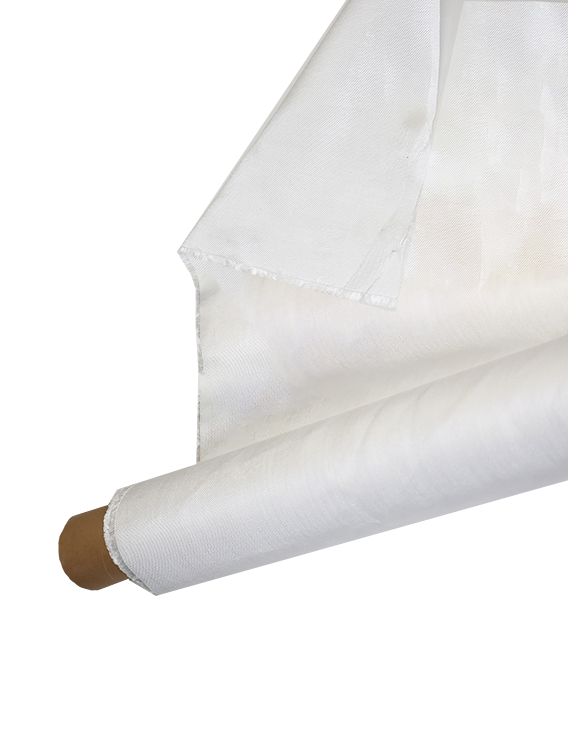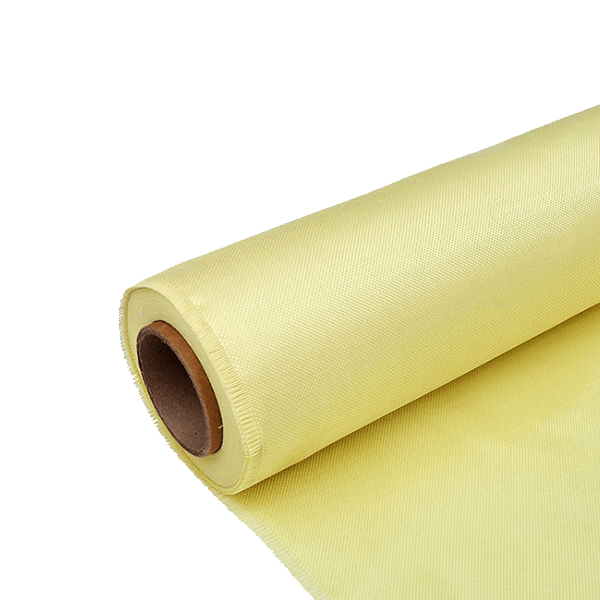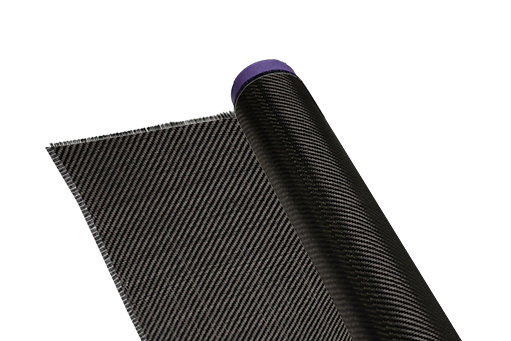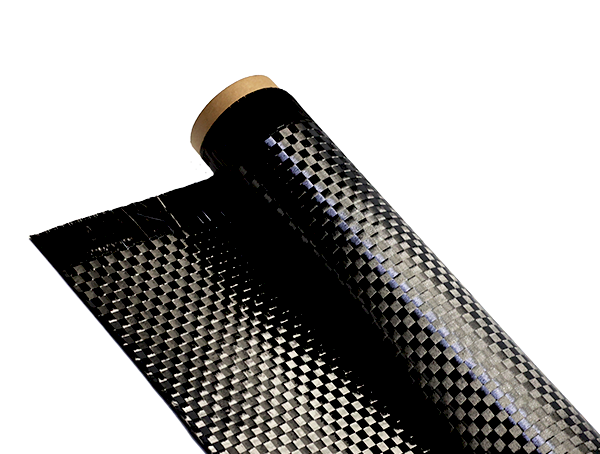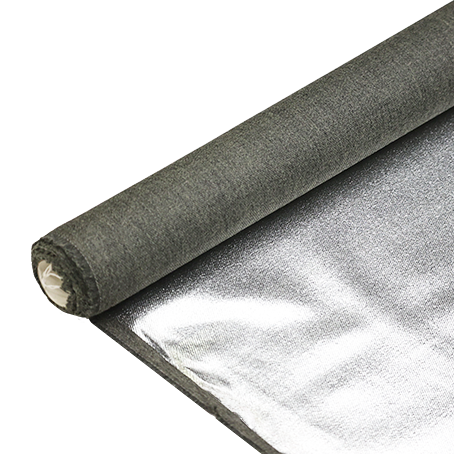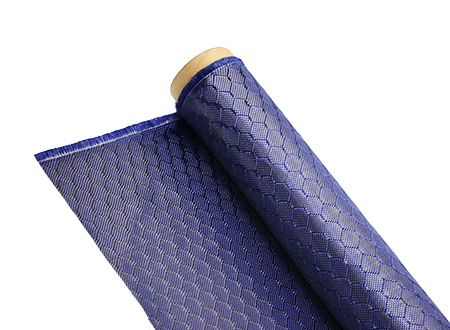Carbon Tubes Help Support Lightweight Greenhouse Design
-
Table of Contents
“Carbon Tubes: The Future of Lightweight, Sustainable Greenhouse Design.”
Carbon tubes are revolutionizing the design of lightweight greenhouses by providing a strong yet lightweight structural solution. These advanced materials offer exceptional strength-to-weight ratios, allowing for the construction of durable frameworks that can withstand environmental stresses while minimizing the overall weight of the structure. This innovation not only enhances the efficiency of greenhouse designs but also promotes sustainability by reducing the amount of material needed and lowering transportation costs. As the demand for eco-friendly agricultural practices grows, carbon tubes emerge as a key component in creating effective, energy-efficient, and environmentally responsible greenhouse systems.
Carbon Tubes: The Future of Lightweight Greenhouse Structures
In recent years, the agricultural sector has increasingly focused on sustainability and efficiency, leading to innovative designs that prioritize both environmental impact and productivity. One of the most promising advancements in this area is the use of carbon tubes in the construction of lightweight greenhouse structures. These carbon tubes, known for their exceptional strength-to-weight ratio, offer a compelling solution to the challenges faced by traditional greenhouse designs, which often struggle with structural integrity and energy efficiency.
The lightweight nature of carbon tubes allows for the creation of larger and more expansive greenhouse designs without the burden of excessive weight. This is particularly advantageous in regions where heavy snowfall or strong winds can compromise the stability of conventional greenhouses. By utilizing carbon tubes, engineers and architects can design structures that are not only resilient but also capable of withstanding harsh environmental conditions. Consequently, this innovation opens up new possibilities for greenhouse placement in diverse climates, enabling farmers to cultivate crops in areas previously deemed unsuitable for traditional greenhouse farming.
Moreover, the use of carbon tubes contributes significantly to energy efficiency. Traditional greenhouses often require substantial energy inputs for heating and cooling, particularly in extreme weather conditions. However, the lightweight design facilitated by carbon tubes allows for improved ventilation and natural light penetration, reducing the need for artificial heating and cooling systems. As a result, these greenhouses can maintain optimal growing conditions with minimal energy expenditure, aligning with the broader goals of sustainable agriculture. This energy efficiency not only lowers operational costs for farmers but also reduces the overall carbon footprint of greenhouse farming.
In addition to their structural and energy benefits, carbon tubes also offer enhanced durability compared to conventional materials. Unlike wood or metal, which can be susceptible to rot, rust, or corrosion, carbon tubes are resistant to environmental degradation. This longevity translates into lower maintenance costs and a longer lifespan for greenhouse structures, making them a more economically viable option in the long run. As farmers increasingly seek to invest in sustainable practices, the durability of carbon tubes presents a compelling argument for their adoption in greenhouse construction.
Furthermore, the versatility of carbon tubes allows for innovative design possibilities that can be tailored to specific agricultural needs. For instance, the modular nature of carbon tube construction enables the creation of customizable greenhouse layouts that can accommodate various crop types and growing techniques. This adaptability is particularly beneficial in an era where precision agriculture and crop diversification are gaining traction. By leveraging the unique properties of carbon tubes, farmers can optimize their growing environments to enhance productivity and yield.
As the agricultural industry continues to evolve, the integration of carbon tubes into greenhouse design represents a significant step forward in the pursuit of sustainable farming practices. By combining lightweight construction with energy efficiency and durability, carbon tubes not only address the immediate challenges faced by traditional greenhouses but also pave the way for future innovations in agricultural technology. As more farmers and agricultural engineers recognize the potential of this material, it is likely that carbon tubes will play an increasingly prominent role in the development of modern greenhouse structures, ultimately contributing to a more sustainable and productive agricultural landscape. In conclusion, the future of lightweight greenhouse design is bright, with carbon tubes leading the charge toward a more efficient and environmentally friendly approach to farming.
Enhancing Greenhouse Efficiency with Carbon Tube Technology
The quest for sustainable agricultural practices has led to innovative solutions that enhance efficiency while minimizing environmental impact. One such advancement is the integration of carbon tube technology in greenhouse design. This cutting-edge approach not only supports the structural integrity of greenhouses but also contributes to their overall efficiency, making them more suitable for modern agricultural demands. By utilizing carbon tubes, greenhouse designers can create lightweight structures that maintain strength and durability, thereby reducing the amount of material required for construction. This reduction in material usage is significant, as it directly correlates with lower carbon footprints during the manufacturing and transportation processes.
Moreover, the lightweight nature of carbon tubes allows for larger greenhouse spans without the need for excessive support structures. This design flexibility enables the incorporation of more extensive growing areas, which can lead to increased crop yields. As a result, farmers can optimize their production capabilities while utilizing fewer resources. Additionally, the enhanced structural properties of carbon tubes mean that greenhouses can withstand various environmental stresses, such as high winds and heavy snow loads, which are increasingly relevant in the context of climate change. This resilience not only prolongs the lifespan of the greenhouse but also ensures that crops are protected from adverse weather conditions, thereby improving overall agricultural productivity.
In conjunction with their structural benefits, carbon tubes also play a crucial role in thermal efficiency. The material’s inherent properties allow for better insulation, which helps maintain optimal growing conditions within the greenhouse. By minimizing heat loss during colder months and reducing heat gain during warmer periods, carbon tube greenhouses can significantly lower energy consumption. This energy efficiency is particularly important in regions where heating or cooling costs can be substantial. Consequently, farmers can achieve a more sustainable operation by reducing their reliance on fossil fuels and lowering their overall energy expenses.
Furthermore, the integration of carbon tube technology aligns with the principles of circular economy. As these materials are often recyclable, they contribute to a more sustainable lifecycle for greenhouse structures. When a greenhouse reaches the end of its operational life, the carbon tubes can be repurposed or recycled, thereby minimizing waste and promoting resource efficiency. This aspect of carbon tube technology not only supports environmental sustainability but also encourages a shift towards more responsible agricultural practices.
In addition to these benefits, the aesthetic appeal of carbon tube greenhouses cannot be overlooked. The sleek, modern design of carbon tubes allows for innovative architectural possibilities, which can enhance the visual appeal of agricultural facilities. This aspect is particularly relevant as consumer interest in local and sustainably produced food continues to grow. A visually striking greenhouse can serve as a marketing tool, attracting visitors and potential customers who are increasingly conscious of the environmental impact of their food choices.
In conclusion, the incorporation of carbon tube technology into greenhouse design represents a significant advancement in agricultural efficiency and sustainability. By providing lightweight, durable, and thermally efficient structures, carbon tubes enable farmers to optimize their production while minimizing their environmental footprint. As the agricultural sector continues to evolve in response to global challenges, the adoption of such innovative materials will be crucial in fostering a more sustainable future for food production. Ultimately, the synergy between technology and agriculture exemplifies the potential for creating resilient systems that benefit both producers and the planet.
Sustainable Gardening: Benefits of Carbon Tubes in Greenhouse Design
In the realm of sustainable gardening, the integration of innovative materials is crucial for enhancing efficiency and reducing environmental impact. One such advancement is the use of carbon tubes in greenhouse design, which offers a multitude of benefits that align with the principles of sustainability. These lightweight structures not only contribute to the overall functionality of greenhouses but also promote eco-friendly practices that are essential in today’s agricultural landscape.
To begin with, carbon tubes are renowned for their exceptional strength-to-weight ratio. This characteristic allows for the construction of greenhouses that are both sturdy and lightweight, reducing the amount of material required for their framework. Consequently, this reduction in material usage translates to lower carbon emissions during production and transportation. By minimizing the environmental footprint associated with greenhouse construction, carbon tubes play a pivotal role in promoting sustainable gardening practices.
Moreover, the lightweight nature of carbon tubes facilitates easier assembly and disassembly of greenhouse structures. This flexibility is particularly beneficial for gardeners who may wish to relocate their greenhouses or adapt them to changing environmental conditions. The ability to easily modify or relocate a greenhouse not only enhances its longevity but also encourages gardeners to experiment with different crops and growing techniques, ultimately fostering biodiversity. As a result, the use of carbon tubes supports a dynamic gardening environment that can adapt to the evolving needs of both the gardener and the ecosystem.
In addition to their structural advantages, carbon tubes also contribute to improved thermal efficiency within greenhouses. The material’s insulating properties help maintain a stable internal temperature, which is essential for plant growth. By reducing the need for additional heating or cooling systems, carbon tubes can significantly lower energy consumption, further enhancing the sustainability of greenhouse operations. This energy efficiency is particularly important in the context of climate change, as it allows gardeners to cultivate crops with minimal reliance on fossil fuels, thereby reducing greenhouse gas emissions.
Furthermore, the durability of carbon tubes ensures that greenhouses can withstand various environmental challenges, such as extreme weather conditions. Unlike traditional materials that may degrade over time, carbon tubes are resistant to corrosion and wear, resulting in a longer lifespan for greenhouse structures. This durability not only reduces the frequency of replacements but also minimizes waste, aligning with the principles of a circular economy. By investing in long-lasting materials, gardeners can contribute to a more sustainable future while enjoying the benefits of a reliable growing environment.
As sustainable gardening continues to gain traction, the adoption of innovative materials like carbon tubes is becoming increasingly important. These tubes not only enhance the structural integrity and thermal efficiency of greenhouses but also promote adaptability and longevity. By embracing such advancements, gardeners can cultivate their plants in an environmentally responsible manner, ultimately contributing to a more sustainable agricultural system. In conclusion, the integration of carbon tubes in greenhouse design exemplifies how modern materials can support sustainable gardening practices, paving the way for a greener future in agriculture. As awareness of environmental issues grows, the role of innovative materials in promoting sustainability will undoubtedly become more pronounced, encouraging gardeners to explore new possibilities in their quest for eco-friendly solutions.
Q&A
1. **Question:** How do carbon tubes contribute to the structural integrity of lightweight greenhouses?
**Answer:** Carbon tubes provide high strength-to-weight ratios, allowing for a sturdy framework that can withstand environmental stresses while minimizing overall weight.
2. **Question:** What are the benefits of using carbon tubes in greenhouse construction compared to traditional materials?
**Answer:** Carbon tubes are more durable, resistant to corrosion, and offer better thermal insulation, leading to improved energy efficiency and longevity of the greenhouse.
3. **Question:** How do carbon tubes support sustainable practices in greenhouse design?
**Answer:** By reducing the amount of material needed and enhancing energy efficiency, carbon tubes help lower the carbon footprint of greenhouse construction and operation, promoting sustainable agricultural practices.Carbon tubes provide a lightweight yet strong structural solution for greenhouse design, enhancing durability while minimizing material use. Their high strength-to-weight ratio allows for larger spans and more efficient use of space, promoting better light penetration and air circulation. Additionally, the reduced weight of carbon tubes can lead to lower foundation requirements and easier installation. Overall, the integration of carbon tubes in greenhouse construction supports sustainable practices by optimizing resource use and improving energy efficiency, contributing to a more environmentally friendly agricultural approach.

